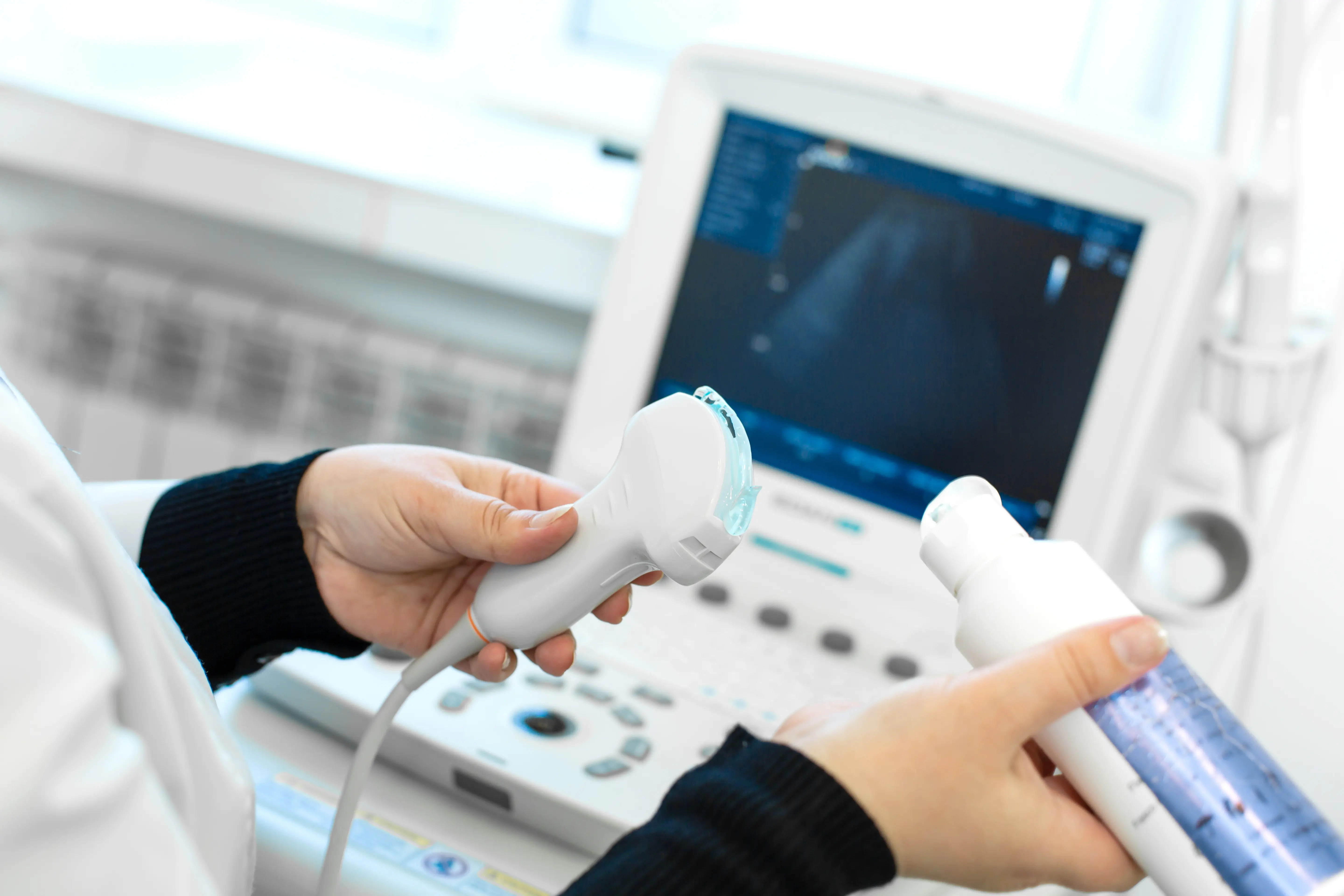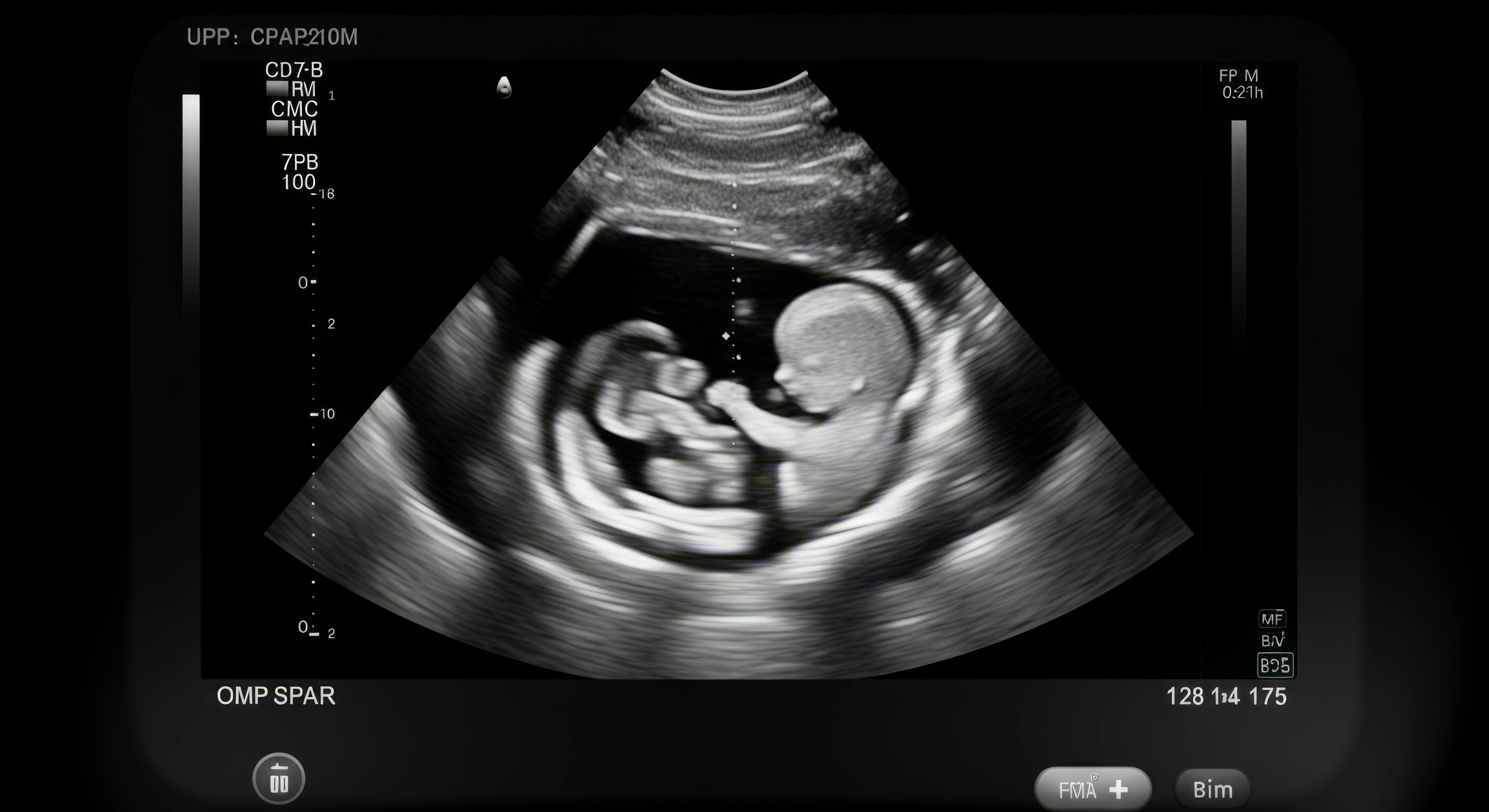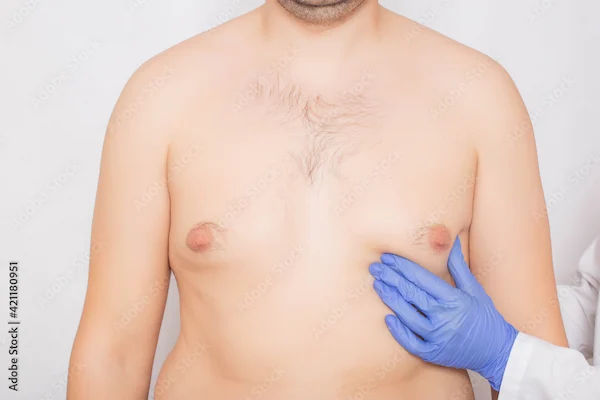- Female
- 27 Years
- 22/01/2025
I'm 32 weeks pregnant and just had a growth scan that showed my amniotic fluid index is 22.2 cm. The doctor mentioned it's a bit high and suggested I get some blood tests done, like fbs and ppbs. They also said the baby's abdominal circumference is slightly above average. Does this mean I might have gestational diabetes? And what kind of diet should I be considering right now? Everything else with the baby's weight seems normal, so I'm just trying to understand what all this means.
Answered by 1 Apollo Doctors
An Amniotic Fluid Index (AFI) of 22.2 cm is indeed high, and the slightly above-average abdominal circumference may indicate fetal macrosomia; however, gestational diabetes diagnosis requires confirmation through FBS (Fasting Blood Sugar) and PPBS (Postprandial Blood Sugar) tests; if diagnosed, follow a balanced diet with complex carbohydrates, fiber-rich foods, and minimal sugar intake, and consult a registered dietitian or healthcare provider for personalized guidance.
Dr. Dr Khaleel Suggests...
Consult a Obstetrician and Gynaecologist
Answered 04/07/2025
0
0

More Obstetrics & Gynaecology Health Queries
View allI'm in the first month of an IVF pregnancy and I'm experiencing a stomach ache. Can I take Meftal Spas for some relief? I'm a bit worried and would appreciate your advice.
Ideally you can take,but better to follow as your doctor adcpviced you
Answered by 1 Apollo Doctors
I'm a bit worried because I had sex with two different people at different times, and neither time we used condoms. Could this lead to any problems, even if it's not something I do regularly?
Yes always you use barriers as you are unaware of partner's health status .
Answered by 1 Apollo Doctors
I've been trying to get pregnant for the past year. We've already done a semen analysis and HSG, and now we're doing a follicular study. We're in the second cycle now. My doctor has me on Mvista Maturova tablets from day 2 to day 7. Just two days ago, on day 13, my follicle was 24mm, and after an HCG injection and starting Susten tablets (2 daily for 15 days), my ultrasound showed a 32 mm cyst. It's causing me some ovary pain, and I'm pretty worried. Can you explain what this cyst might mean? What steps should we take next?
consult gynecologist
Answered by 1 Apollo Doctors
Disclaimer: Answers on Apollo 247 are not intended to replace your doctor advice. Always seek help of a professional doctor in case of an medical emergency or ailment.





